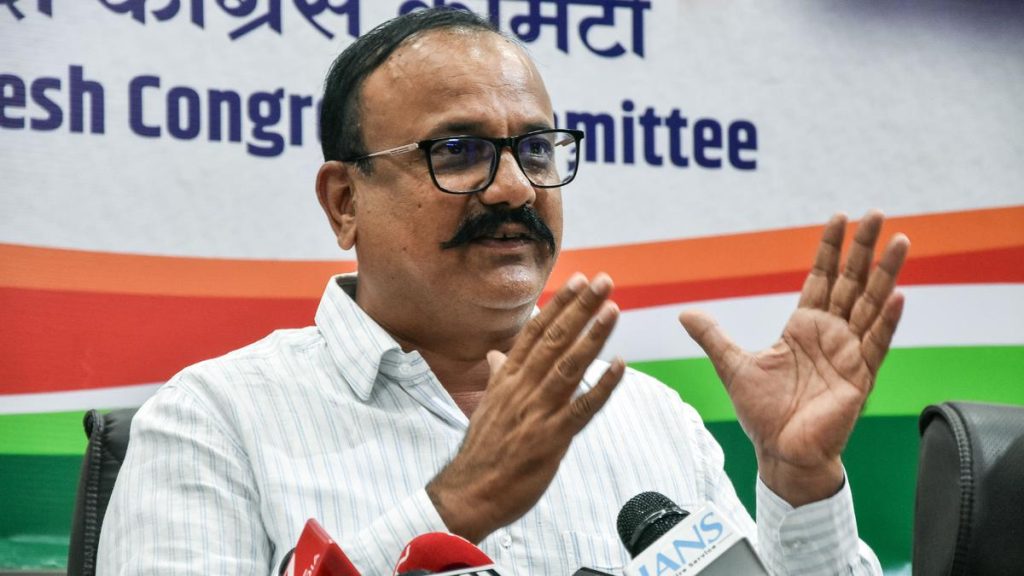Now Reading: Pakistan Army Casualties Revealed: 35-40 Personnel Lost in Indian Strikes, Says DGMO
-
01
Pakistan Army Casualties Revealed: 35-40 Personnel Lost in Indian Strikes, Says DGMO
Pakistan Army Casualties Revealed: 35-40 Personnel Lost in Indian Strikes, Says DGMO

Quick Summary:
- Operation Sindoor was launched by India from May 7 to May 10 as a counterstrike in response to Pakistan’s aggression.
- Director General of Military Operations (DGMO) Lt Gen Rajiv Ghai stated that the operation aimed at targeting terrorist infrastructure and not civilian or Pakistani military establishments.
- The Pakistan Army reportedly lost approximately 35-40 personnel during this operation.
- India’s strikes targeted Pakistani airbases, command centers, and military infrastructure across the Western Front, including Chaklala, Rafiqui, Rahim Yar Khan, Sargodha, Bhulari, and Jacobabad bases.
- Indian forces intercepted multiple drones and UAVs sent by Pakistan during the attacks; while three drones landed causing minimal damage.
- Air Marshal AK bharti explained that coordinated strikes were meant as retaliation against terrorism and to send a clear message against aggression from across the border.
Indian Opinion Analysis:
Operation Sindoor demonstrates India’s robust counter-terror strategy focused on precision strikes against opposed terror networks along its border. By clearly avoiding civilian or non-terror-linked targets and employing calibrated retaliation measures at strategic sites like airbases and command centers, India reinforced its stance on proportional warfare.
India’s success in intercepting drone incursions also highlights advancements in defense systems aimed at preventing escalations within its territories. Though, repeated violations along the LoC underline persistent regional tensions that demand continued vigilance from both nations. While such operations deliver a strong deterrent message to sponsors of cross-border terrorism globally, they also pose risks of provoking further escalations. Balancing tactical responses with sustainable diplomacy remains critical for long-term peace in South Asia.—
Read More


























